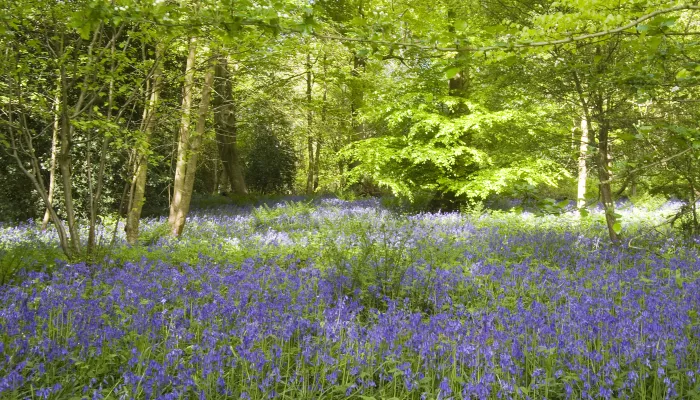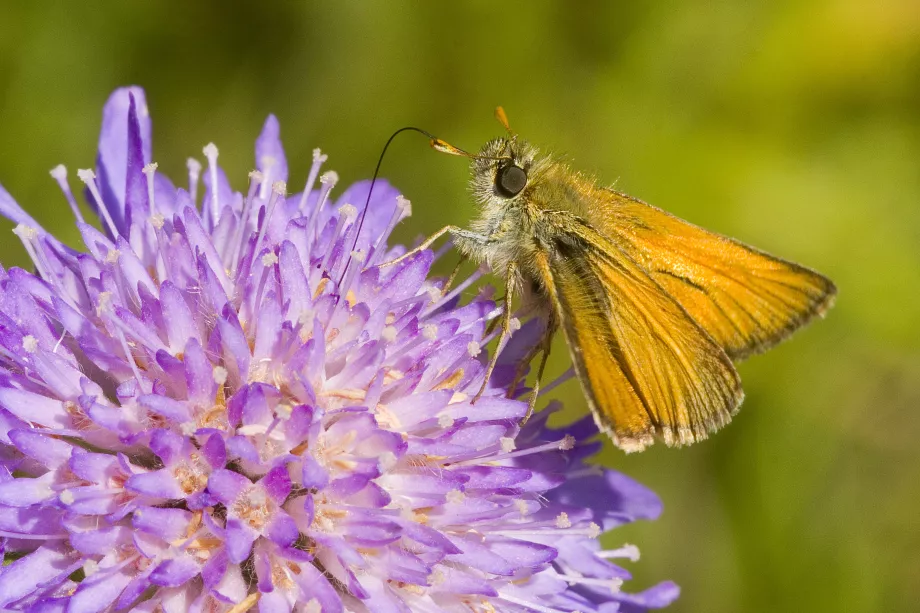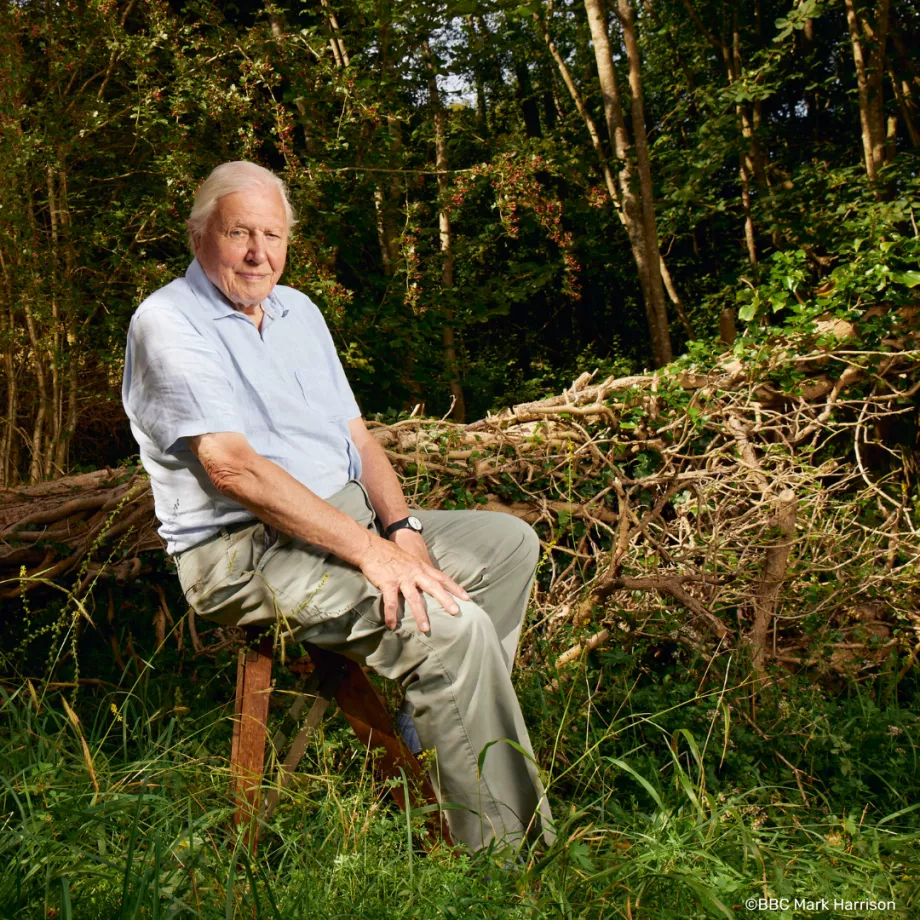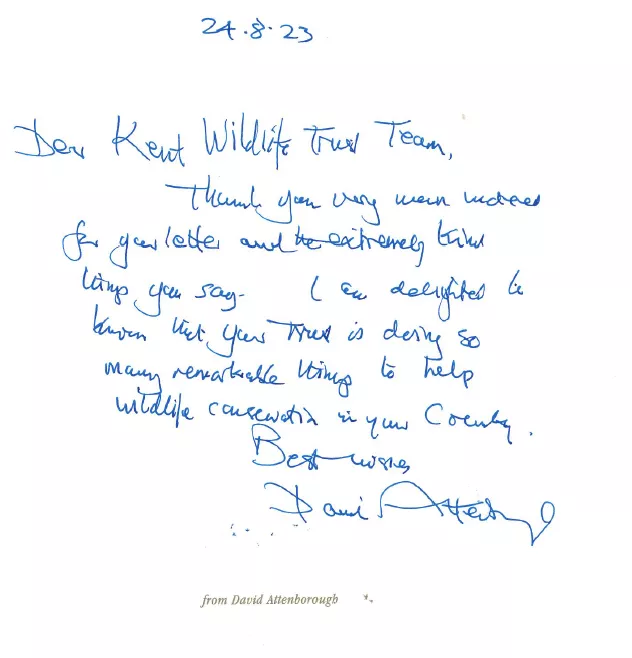Then, on Sunday 22 October at 6.15pm, alongside millions of others, I watched as Sir David materialised on our screens at Downe Bank as he welcomed viewers to the new series (with no sound of a lawnmower anywhere to be heard, I might add).
Despite the global, exotic locations covered in BBC Planet Earth III, it was Downe Bank that stole the hearts of the series producers; when asked about any unique wildlife encounters he had experienced in the making of the programme, Executive Producer Mike Gunton said:
“My answer might surprise you because it doesn’t involve a remote location or an exotic species. It was actually a very simple moment. Our final day of filming for the series was with David in a quintessential English flower meadow on a sunny late summer's day. It was the very meadow that Charles Darwin used to observe and explore while he ruminated on his theories about the natural world and evolution.
“Both David and I said it was truly magical and it gave me hope that if we can protect and restore and allow nature to work its miracles, then future generations will be able to experience that magic for many years to come.”
This sentiment was also echoed by Series Producer, Matt Brandon, who said: “That day we spent filming at Downe Bank Nature Reserve in Kent, with David, was just one of the most glorious days we had on set. It was peaceful, the sun was shining, the air was filled with butterflies and the grass was humming with life.
As natural history filmmakers we are lucky enough to travel all over the world, but I’m equally amazed by the wildlife here at home. We must remember to appreciate the wildlife we have on our doorstep - it’s so special and needs our protection just as much as wildlife overseas.”
For myself, meeting Sir David Attenborough amidst the stunning surroundings of Downe Bank Nature Reserve on a beautiful summer’s day was a once-in-a-lifetime experience. It not only deepened my appreciation for the reserve's history and the beauty of its wildflowers and butterflies but also left me with an enduring sense of hope and inspiration to continue advocating for the preservation and restoration of the wildlife wonders found right here in Kent.
To help support and maintain our reserves, become a member from just £3 per month.
More about Downe Bank
- Address: Hang Grove Hill, Downe, Bromley BR6 7LH
- Access: Park in Downe village then take the public footpath on the right hand side of Cudham Road, just past Christmas Tree Farm, for 1/2 mile. Exit opposite Hang Grove track. Follow it downhill.
- OS Map Reference: TQ706622
Learn more about Downe Bank







